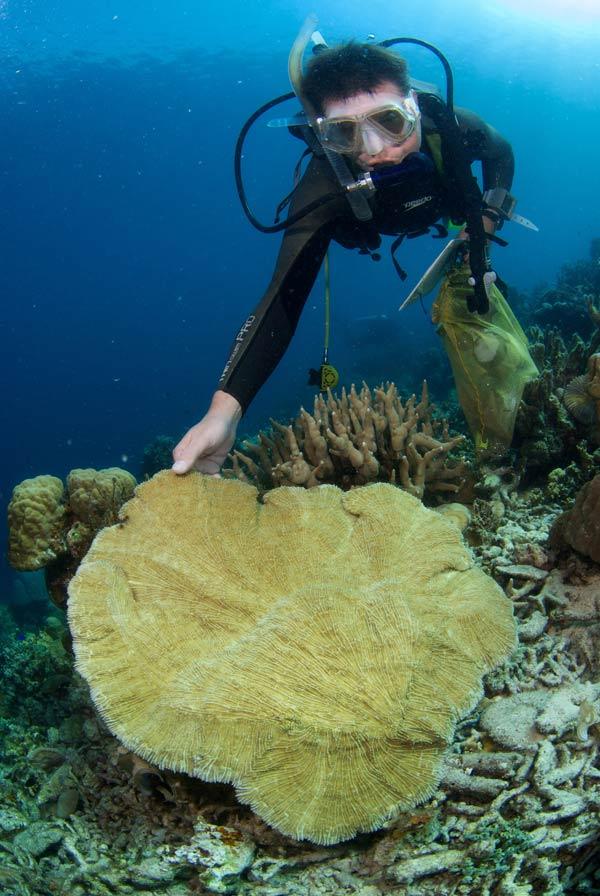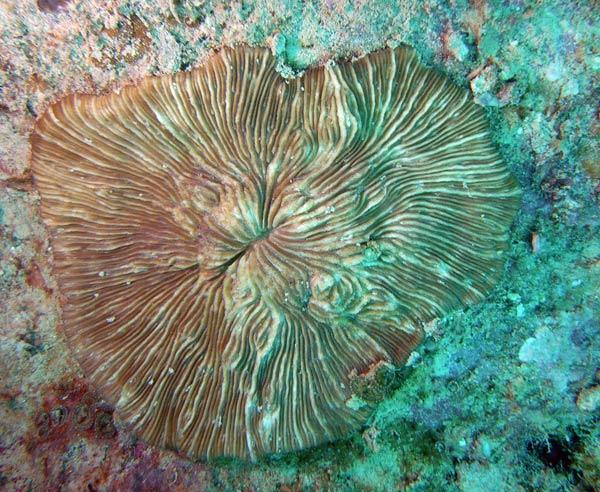Rich Marine Life Found in Reef Expedition Near Borneo


An expedition to explore little-studied reefs in the rich seas off the coast of the island of Borneo has uncovered a treasure trove of marine life, scientists say. The team, which recently returned after three weeks at sea, also found that the Semporna reefs may be the most biologically diverse in the world.
Researchers from Malaysia, the United States and the Netherlands spent more than 1,000 hours underwater, studying 7.5 miles (12 kilometers) of the Semporna reefs, off Malaysia's northeastern coastline.
Borneo, a large island in the far western Pacific Ocean, is home to territory of three nations Malaysia, Indonesia and Brunei.
The biodiversity team documented the species richness for mushroom corals , reef fish, shrimps, crabs, snails and algae. The reef status team documented the health of the coral reefs.
The expedition's roving fish census encountered an unprecedented 844 species, and the reef team documented 43 species of mushroom corals.
{youtube -gl_ex_klQ8}
"Mushroom corals can be used as a proxy for other coral richness," said Bert Hoeksema, head of the Department of Marine Zoology at the Netherlands Centre for Biodiversity. "Where we find high richness of mushroom corals, we usually find extremely high richness of other corals."
Get the world’s most fascinating discoveries delivered straight to your inbox.
The new research breaks the record for mushroom coral diversity 40 species documented at several sites in Indonesia and Papua New Guinea.
And although the region's coral diversity was indeed high, the status of the living coral was a different story.
Only five percent of the areas studied had "excellent" live coral cover. More than one-fifth had "good" coral populations, but about 36 percent had "poor" live coral cover.
Signs of coral bleaching and suspected coral disease were observed at various sites, and nearly all sites showed significant human impacts.
During the voyage, the team found four unexploded fish bombs illegal explosives fishermen throw into the ocean to kill fish for harvest and heard 15 fish bombs exploding.
Altogether, the expedition found 43 species of mushroom coral, 844 fish species, more than 90 species of coral shrimp and more than 100 species of algae. The results will be published in a formal report and several scientific papers are expected soon.




